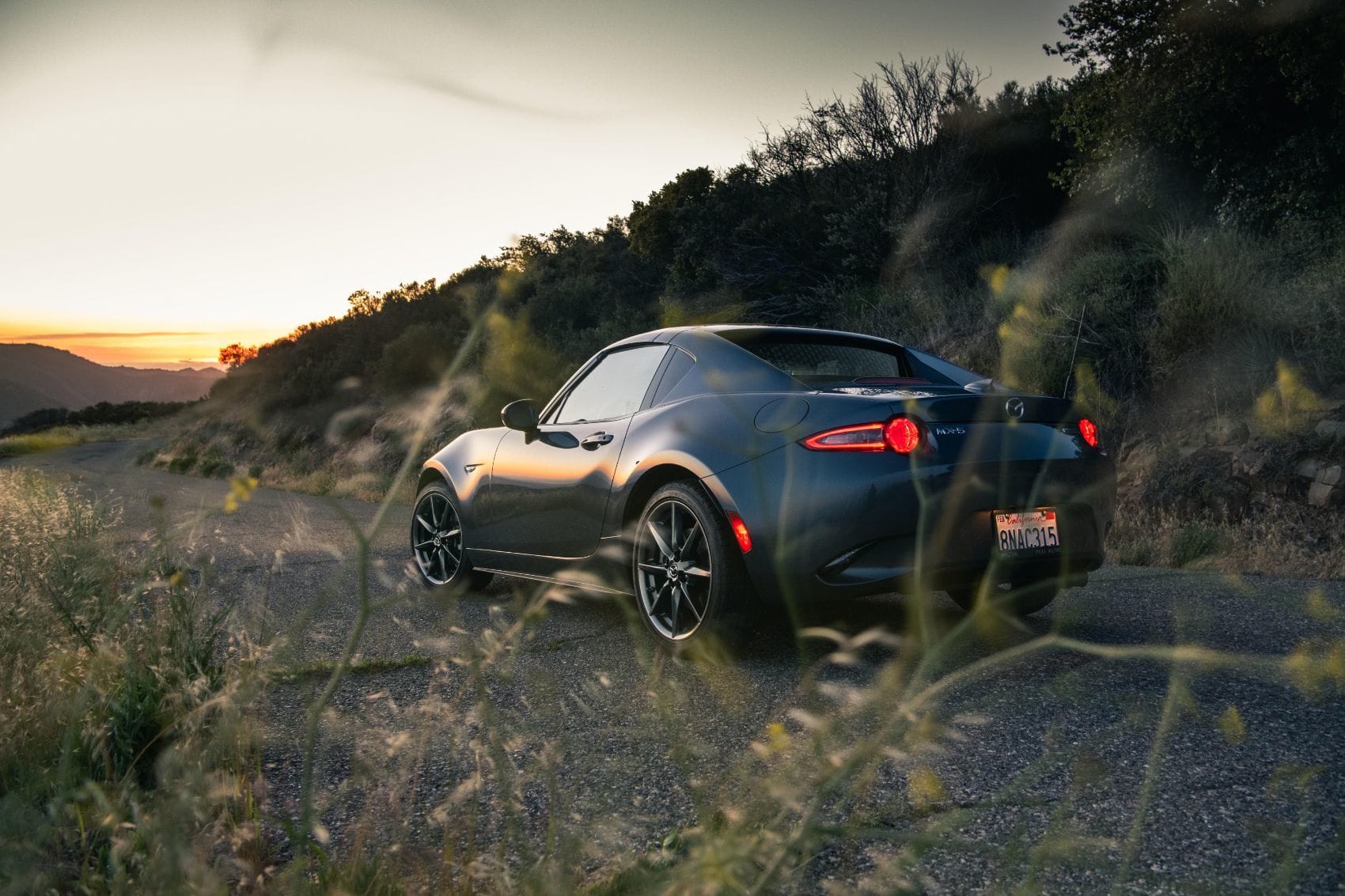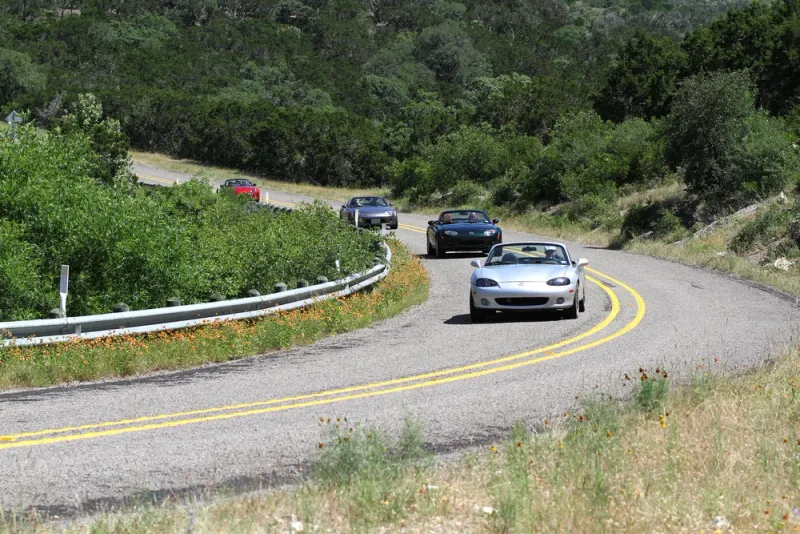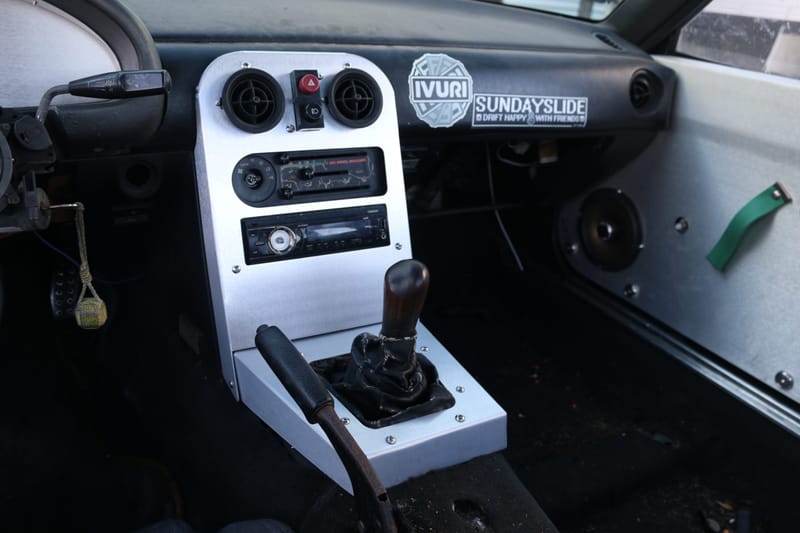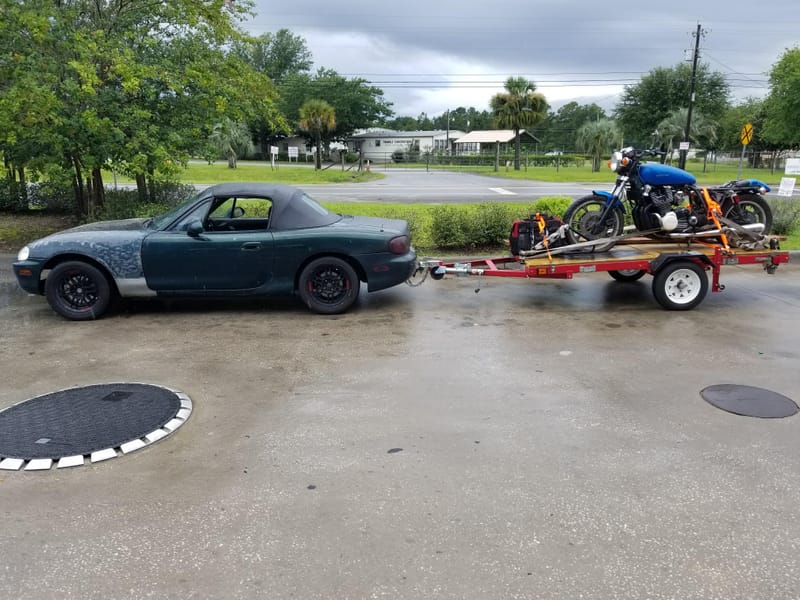Exploring Mazda’s Kinematic Posture Control in the ND Miata
The ND Miata’s Kinematic Posture Control reduces body roll without adding hardware. By applying light brake pressure to the inside-rear wheel in corners, it subtly lowers that corner, mimicking the effect of stiffer sway bars.

Mazda found a way to make the ND feel as if it has beefy sway bars, without actually adding any hardware. The trick is called Kinematic Posture Control (KPC). By pulsing a whisper of brake pressure into the inside-rear caliper during hard cornering, the system drags that wheel rearward along its suspension path, nudging the corner of the car downward and trimming body roll. There’s no extra weight, no extra parts, just a clever software layer living in the ABS/ESC brain.
What KPC really is
KPC adds a few dozen lines of code to the existing stability-control module. When lateral g-forces climb and the computer detects a speed split between the rear wheels, it squeezes about 45 psi into the inside-rear brake for roughly 10 to 20 milliseconds. That gentle tug is enough to make the corner of the car squat a couple of millimetres, which flattens the chassis and helps the front tires bite sooner. Because the clamp force is only a fraction of what torque-vectoring systems use, the driver never feels a slowdown, just a cleaner, more composed arc through the bend.

The Physics Behind the Tech
Mazda’s multi-link rear suspension is laid out so any rearward force on a wheel also pushes it upward. KPC exploits that geometry cheat code: apply a light brake drag, the wheel tugs rearward, the suspension compresses, and the car’s roll angle drops almost instantly. The effect is primarily vertical, trimming roll rather than adding yaw, so steering feel stays natural and unfiltered.
Traditional torque-vectoring shuffles power from side to side to tighten the car’s line. KPC, by contrast, manipulates ride height at one corner to hold the chassis flatter. Mazda’s engineers put it plainly: KPC is not torque vectoring; it’s more like an on-demand anti-roll bar that vanishes as soon as you unwind the wheel.
Sensors, thresholds and feel behind the wheel
Wheel-speed sensors flag an inner-rear versus outer-rear speed difference, steering-angle and yaw sensors confirm you’re actually cornering, and a g-sensor checks that the loads are worth acting on. When all three agree, the ABS pump fires its single, low-pressure pulse. If the corner continues to load up, the pump fires again, but pressure never exceeds that 45 psi ceiling, keeping pad temperatures and rotor wear largely unchanged. Drivers who have sampled 2021 and 2022 cars back-to-back say the newer model heaves less at turn-in, rotates a hair more willingly, and never telegraphs the brake pulses through the pedal, even after a full track session.

Where it came from and where it’s going
KPC sits on Mazda’s growing stack of “steer with software” party tricks. It follows 2016’s G-Vectoring Control, which momentarily trims engine torque on turn-in to load the front axle, and 2017’s GVC+, which adds a dab of front-wheel braking on corner exit in heavier models. KPC arrived in 2022, tuned specifically for the featherweight, rear-drive Miata. Two years later Mazda ported the logic to its three-row CX-90 SUV; engineers simply raised the activation threshold for a taller center of gravity and synced the pulses with a rear-biased AWD system. Same philosophy, bigger canvas.
Mazda’s own fleet data shows no measurable increase in rear-pad wear and only a few degrees of extra rotor temperature under repeated abuse. Lowering springs, coil-overs or even track-day alignment settings don’t faze KPC because it references wheel speed, not static ride height. Stiffer sway bars still play nicely, although the combined effect can make the car feel friskier at the limit, so bar sizing deserves a thoughtful eye. Even if you toggle stability and traction control fully off, KPC remains active because it lives in the ABS layer, pulling fuses is the only way to silence it entirely.
Mazda says earlier ND models cannot be reflashed; the ABS software stack differs too much. A mechanical limited-slip diff pairs just fine with KPC since the diff manages torque while KPC tidies posture. Hardcore track rats might consider a higher-temp rear pad if they’re running hour-long sessions, but casual lappers should be fine on stock hardware.
Kinematic Posture Control is quintessential Mazda: instead of throwing heavy active anti-roll bars or fancy hydraulics at the Miata, engineers used geometry and a teaspoon of brake pressure to add polish without diluting the car’s friendly, communicative nature. It’s light, cheap, and it works, pure MX-5 philosophy in a few lines of code.




